The INA240A1 is a differential amplifier (with equation below)
What they mean is setting the reference voltage (is a voltage divider in the INA240A1, on the end of the ref pin (or Vr in the diagram). It matters what Vr is because it will determine what the dynamic range of the output is and the offset.

Source: How to amplify and offset the voltage in an opamp?
The gain (or RF/R1) of the INA240A1 is 20V/V
Let's say you have a 1Ohm resistor to measure current on the V+ and V- terminals of the INA240 (and the Vcc set to 5V). If there were 250mA through the resistor then it would be gained by 20 to 5V (which is usually what ADC's want with a 0 to 5V scale). Now lets say you wanted to measure a negative 250mA, well the output would be 0V, because the INA240 is single sided and can't go negative.
So the reference is provided to allow for negative currents to be measured. If Vr is set to half the range (with configuration below) then the 1 ohm resistor would be able to measure a current range of ±125mA
No current across 1 ohm sense resistor is 0mA and 0mV
(0mV*20V/V+2.5V)=2.5V
125mA across 1 ohm sense resistor is 125mV
(125mV*20V/V+2.5V)=5V output on the INA240
Negative 125mA across 1 ohm sense resistor -125mV
(-125mV*20V/V+2.5V)=0V on the INA240

Source: https://www.ti.com/lit/ds/symlink/ina240.pdf
The reference doesn't have to be half of Vcc, it can be set by an external reference, in that case the ranges would change, lets say we use an external reference of 1V:
No current across 1 ohm sense resistor is 0mA and 0mV
(0mV*20V/V+1V)=1V
200mA across 1 ohm sense resistor is 200mV
(200mV*20V/V+1V)=5V output on the INA240
Negative 50mA across 1 ohm sense resistor -50mV
(-50mV*20V/V+1V)=0V on the INA240
So this is why they say it's asymmetric.


